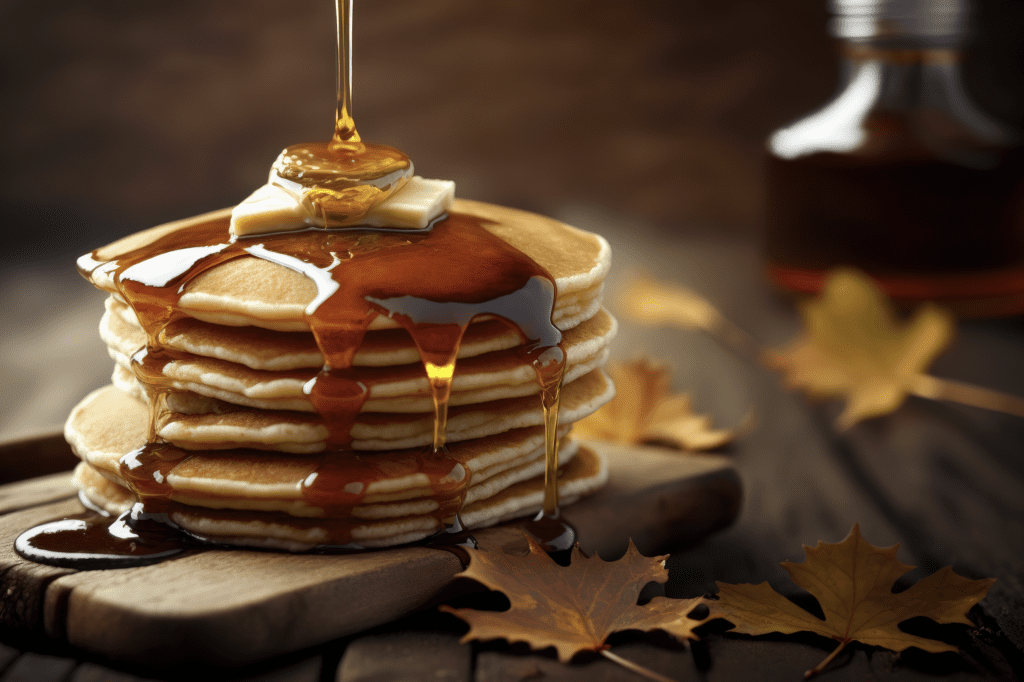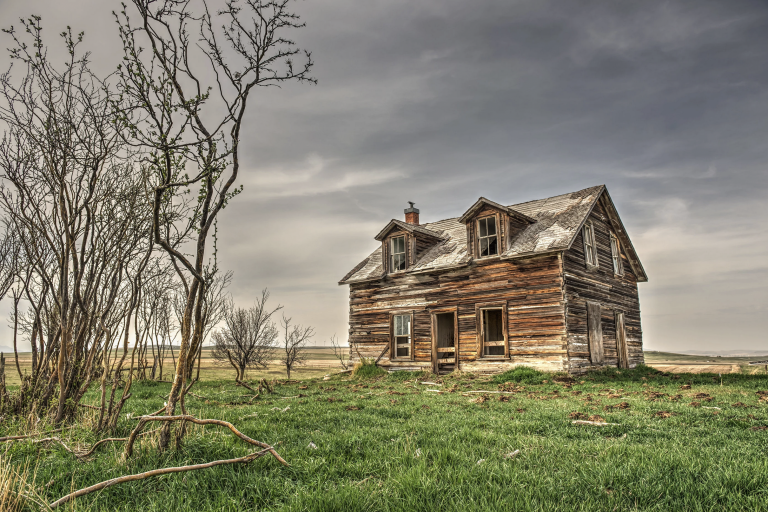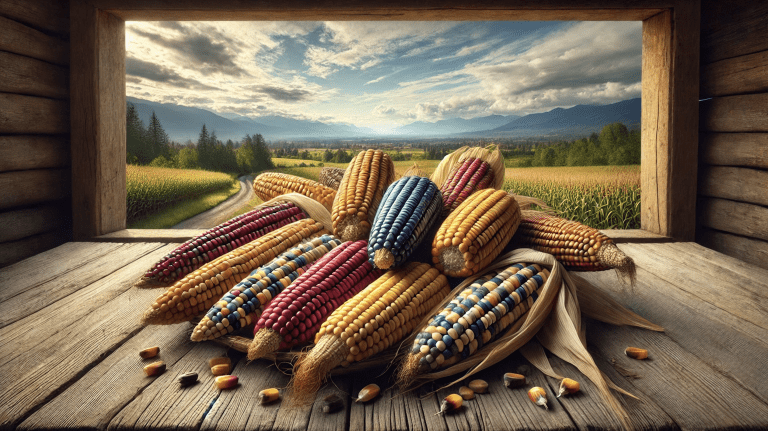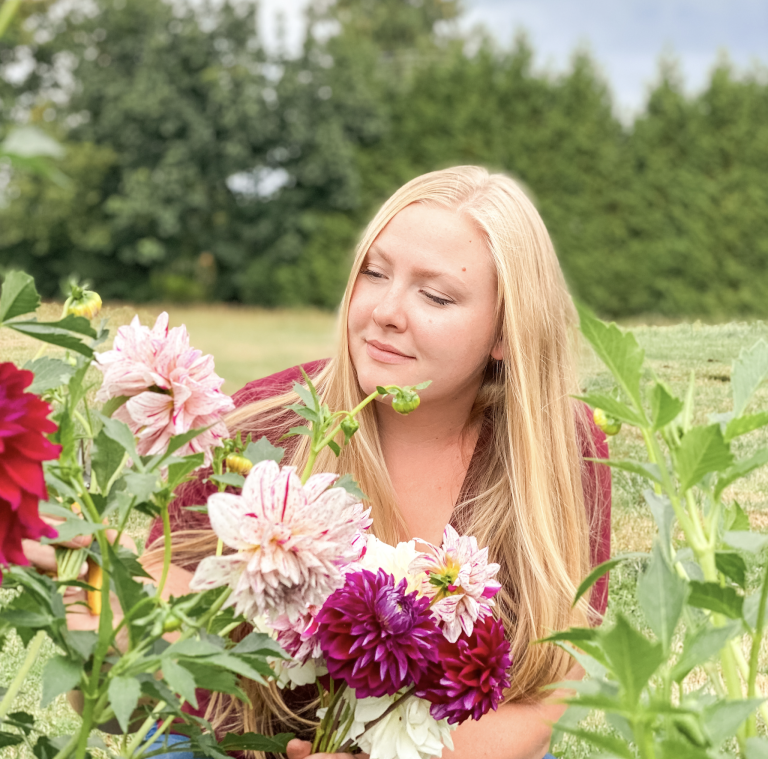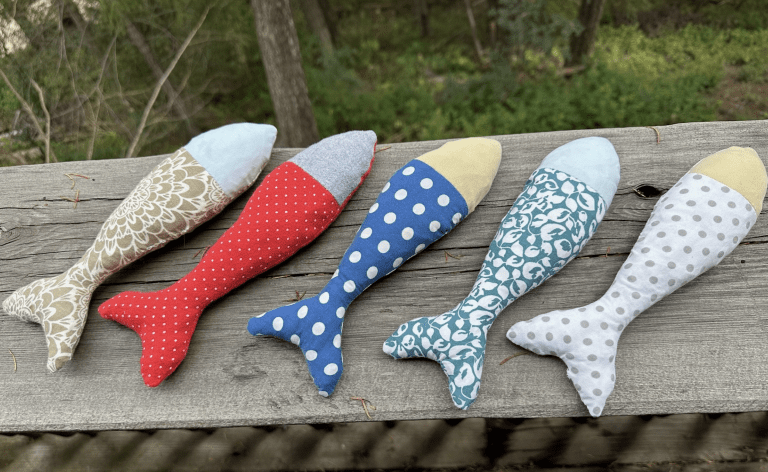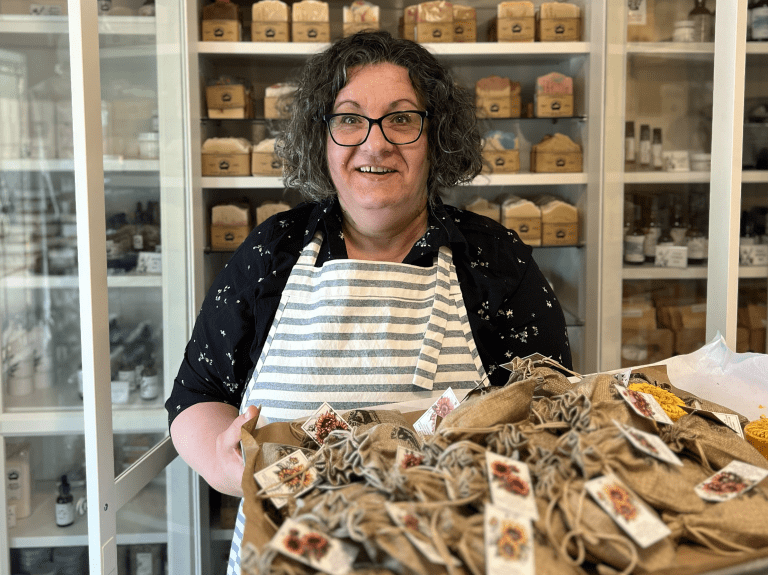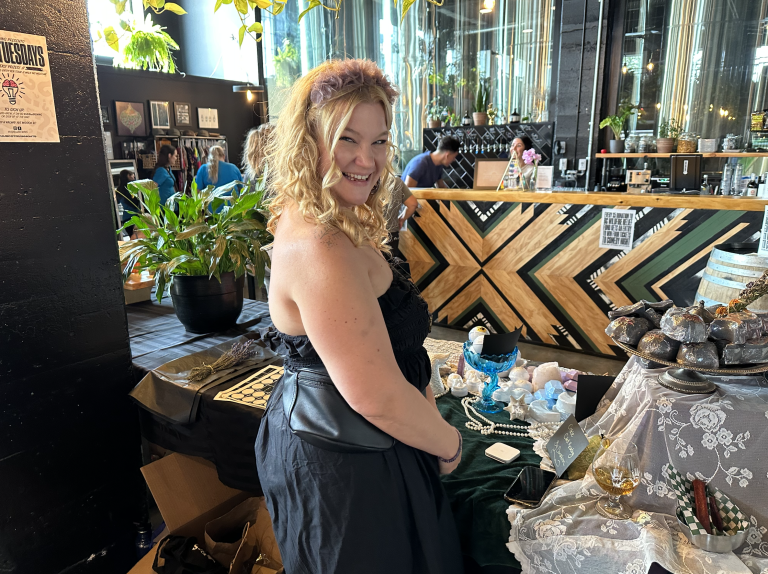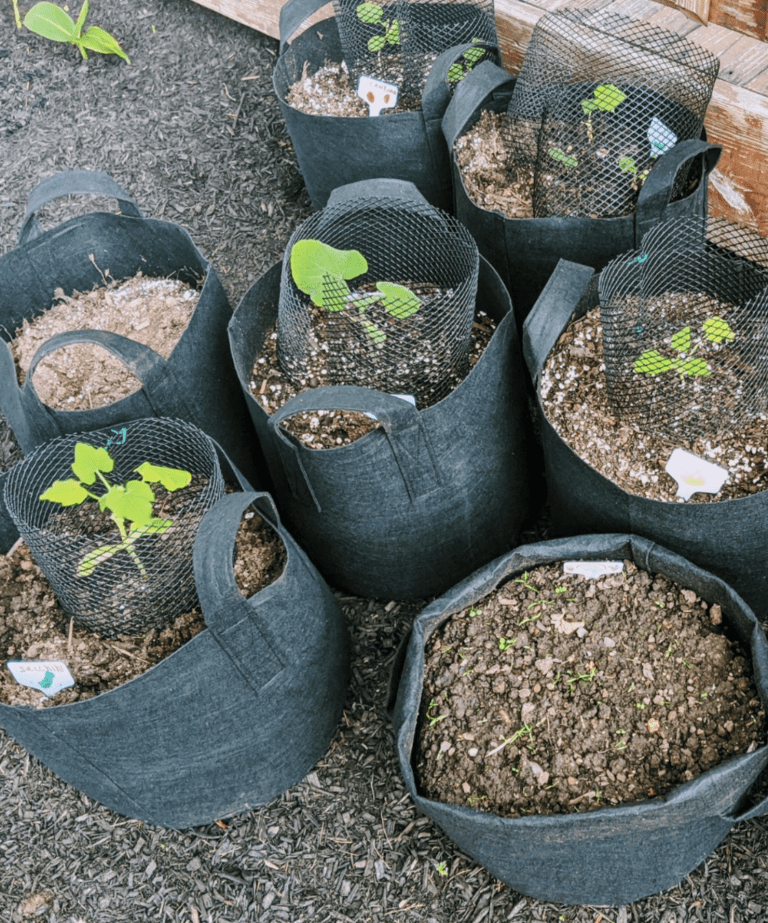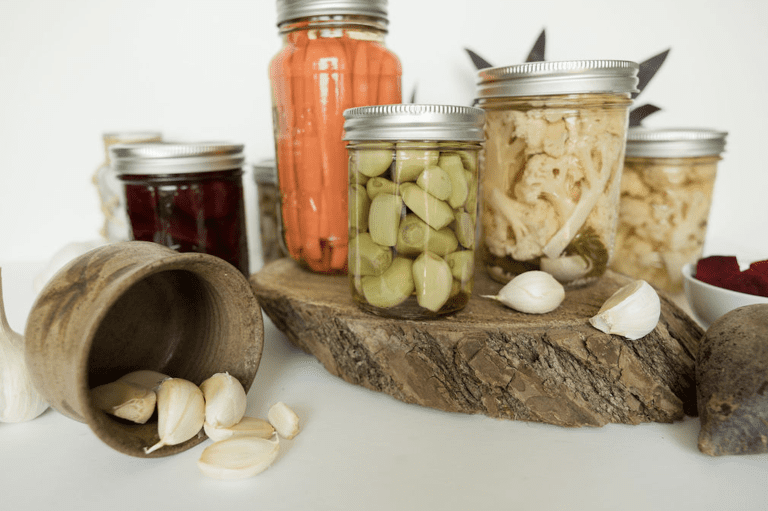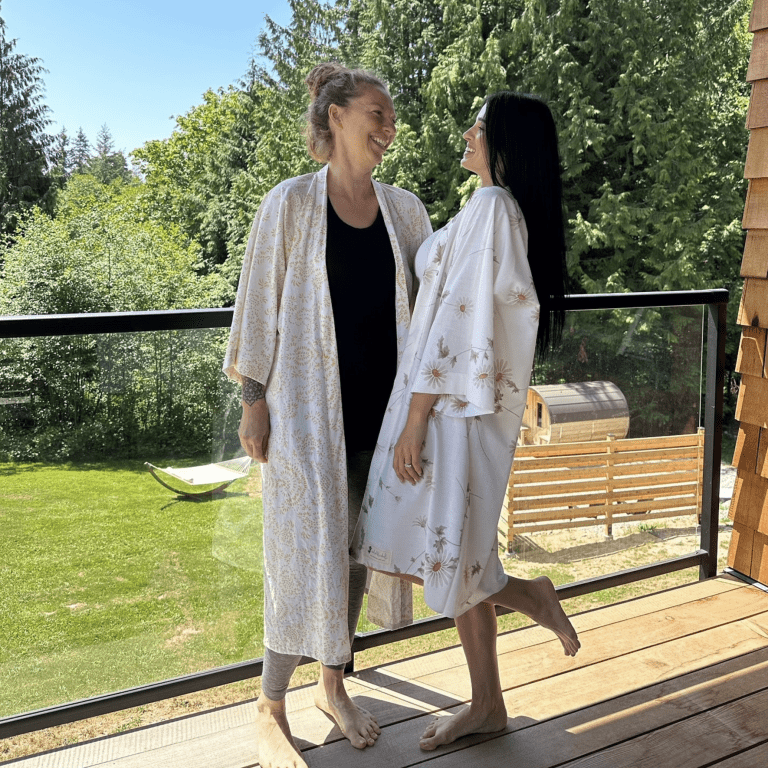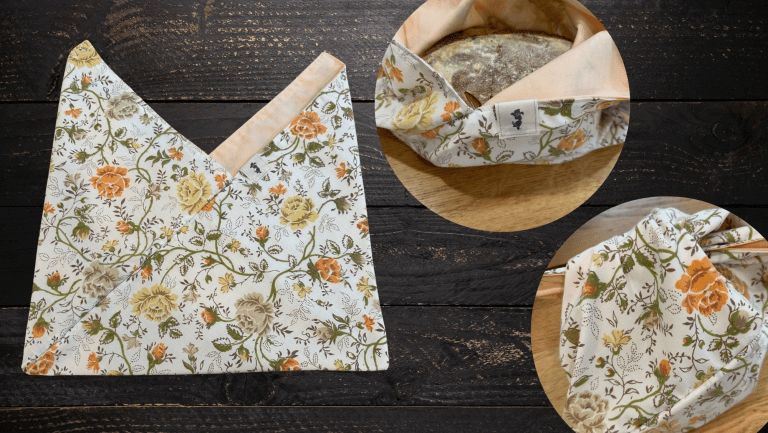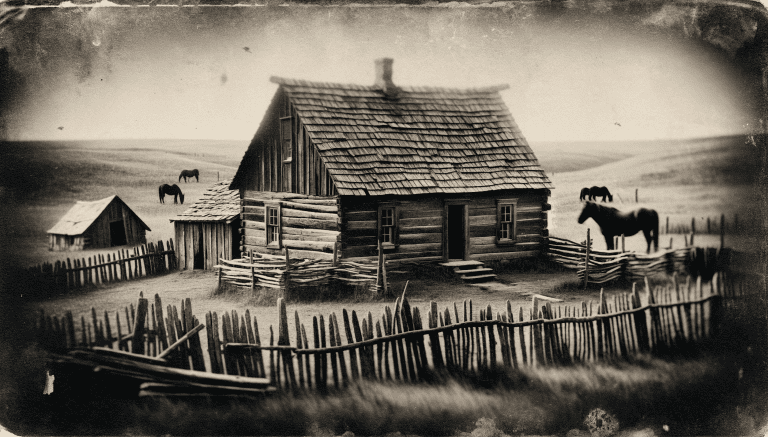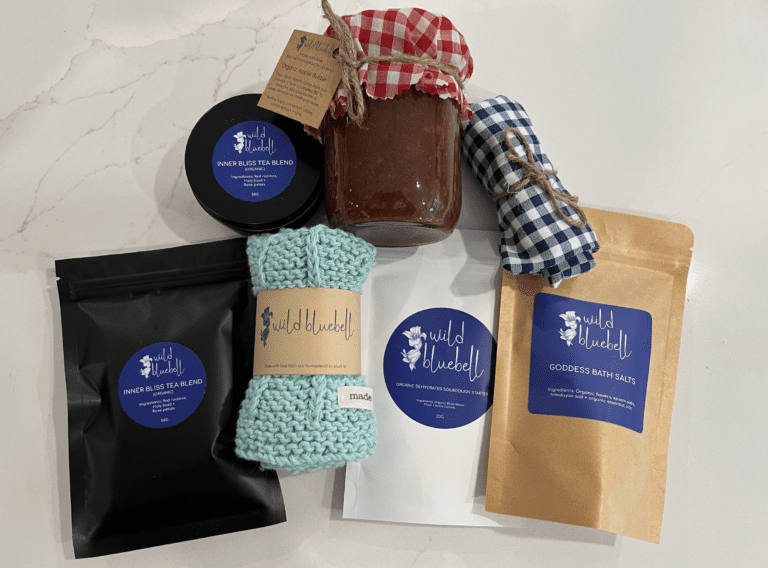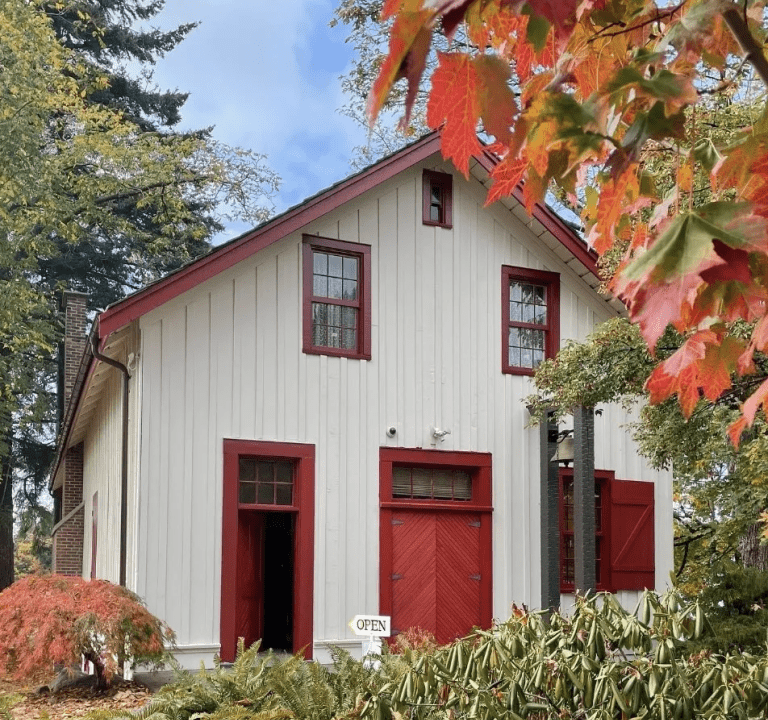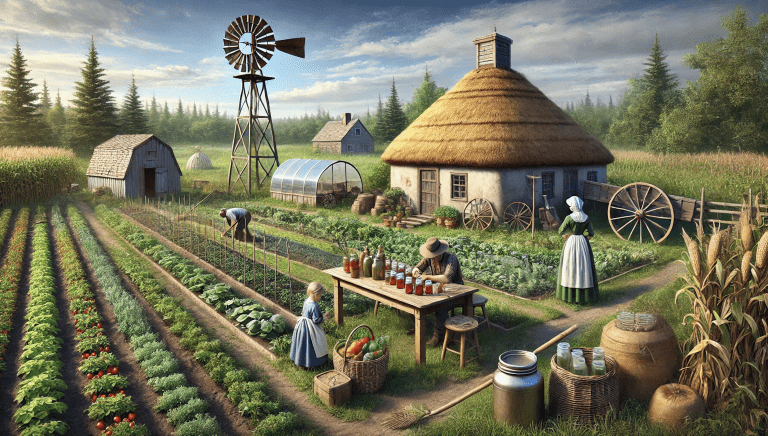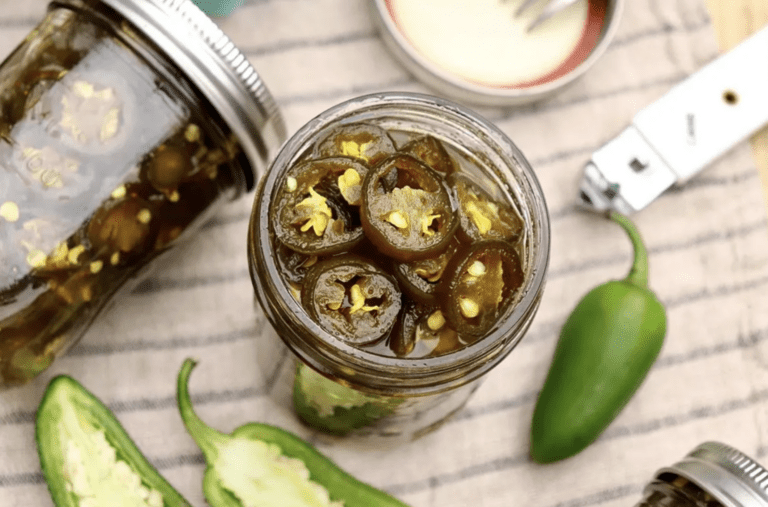Welcome to the Wild Bluebell Homestead blog, where we delve into the sweet and intricate world of maple syrup production. This traditional craft, deeply rooted in Canadian heritage, transforms the sap of maple trees into the golden, velvety syrup we all cherish. In this comprehensive guide, we’ll explore each step of this fascinating process.
Introduction to Maple Syrup Production
Maple syrup production, or “sugaring,” is an annual rite of spring in many parts of Canada. The process hinges on the unique climatic conditions of early spring, where warm days and freezing nights create ideal sap flow in maple trees.
Key Species: The Maple Trees
Not all maple trees are equal in syrup production. The Sugar Maple, with its high sugar content sap, is the most commonly tapped tree, but the Black Maple, Red Maple, and Silver Maple are also used.
Step 1: Identifying and Tapping the Trees
The Timing
Sugaring season begins in late winter to early spring. Producers look for days when the temperature rises above freezing and nights when it dips back below.
Tapping Process
- Selecting the Tree: Ideal candidates are healthy and at least 12 inches in diameter.
- Drilling the Hole: A small hole, about 2 to 2.5 inches deep, is drilled into the tree.
- Inserting the Spile: A spout or “spile” is gently tapped into the hole.
- Collecting the Sap: Sap drips from the spile into a bucket or tubing system.
Step 2: Collecting and Transporting Sap
Methods of Collection
- Bucket Collection: Traditional but labor-intensive, requiring regular emptying of buckets.
- Tubing Systems: A network of tubes directly transports sap from trees to a central collection tank.
Transportation
Collected sap is then transported to the sugarhouse. In small-scale operations, this might be done with buckets and a cart, while larger operations might use pipelines or tankers.
Step 3: The Evaporation Process
Boiling Down the Sap
The sap, which is about 98% water, needs to be concentrated to become syrup. This is done in an evaporator, a large flat pan heated by a wood fire, oil, or gas.
- The Boiling Point: The sap boils at a temperature slightly above the boiling point of water.
- Monitoring the Density: The syrup’s density is carefully monitored, often using a hydrometer.
The Transformation
As the sap boils, it gradually changes:
- Color: From clear to golden brown.
- Consistency: From watery to thick.
- Flavor: The boiling process develops the characteristic maple flavor.
Step 4: Syrup Finishing and Filtering
Finishing the Syrup
When the syrup reaches a density of 66-67% sugar, it’s removed from the evaporator and filtered to remove impurities.
Filtering Techniques
- Felt or Paper Filters: Used to strain out niter or sugar sand, a natural mineral deposit.
Step 5: Grading and Bottling
Grading Standards
Maple syrup is graded based on colour and flavor. In Canada, these grades include Golden, Amber, Dark, and Very Dark.
Bottling
The hot syrup is then bottled in sterilized containers, sealing the flavor and freshness.
Step 6: Storage and Distribution
Storage
Properly sealed, maple syrup can be stored for several years in a cool, dark place.
Distribution
From here, the syrup makes its way to tables, either directly from the producer or through retailers.
A Tradition of Sweetness
Maple syrup production is more than just a process; it’s a tradition that connects us to the natural world and our cultural heritage. At Wild Bluebell Homestead, we celebrate this sweet craft and invite you to savour the rich flavors and history in every drop of maple syrup.

